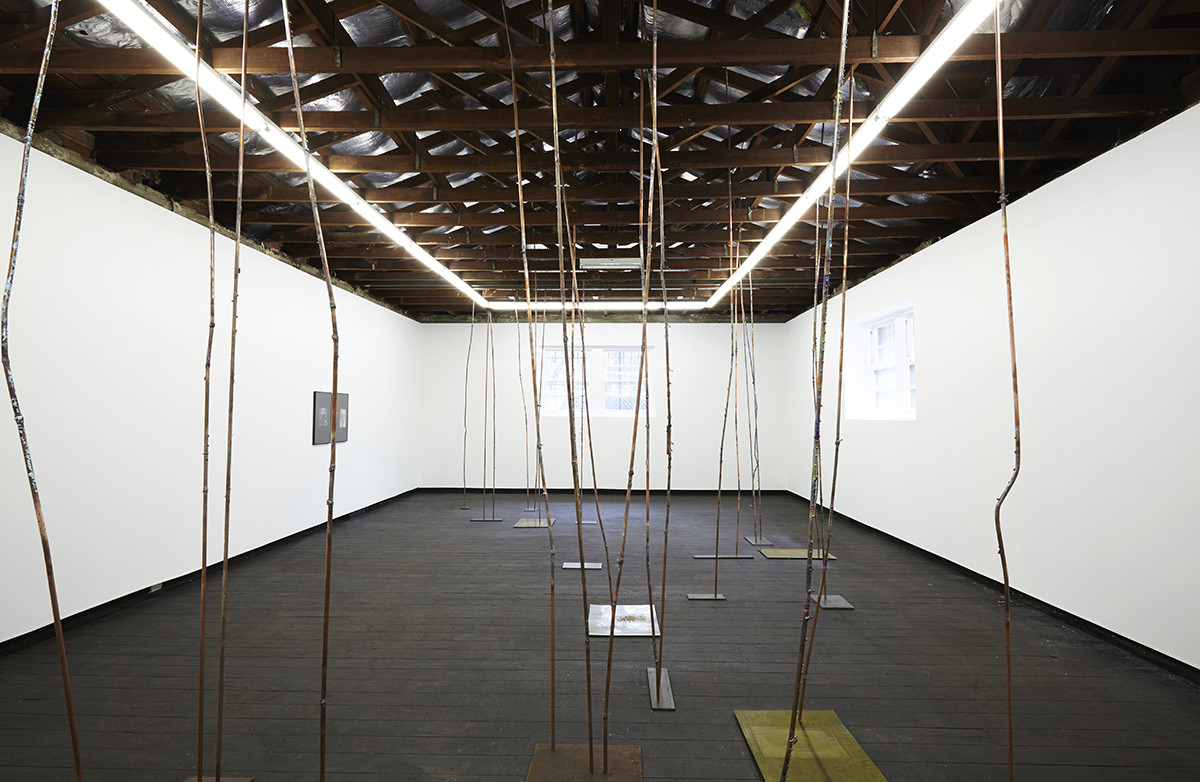Precious Inhabitants

Mies van der Rohe once said, “I don't want to be interesting, I want to be good". This simple statement describes the unease that many feel inside his iconic buildings. His architecture is one of vast, uninterrupted spaces, possessing an emptiness that he understood as universal promise. They lack the saccharin atmosphere that contemporary architecture often presumes. They are not interesting.
This overwhelming emptiness is apparent in a drawing by Mies of the German Pavilion (1928-1929). It features no people, no evidence of inhabitation; only space and material rendered with a bare minimum of marks. The drawing is an insight into Mies’ desire for architecture without the human; architecture as a discrete object serving only itself. The focal point of the drawing is a lone column in the centre of the composition. The column is drawn as two parallel lines, originating and terminating at an assumed floor and ceiling that Mies chose not to represent. For Mies the column was the figural manifestation of his design, a single precious inhabitant independent of the architecture.
Michael Moran’s work flirts with architecture. It borrows from the lexicon, perhaps subconsciously. He describes his work as possessing an anti-aesthetic. He speaks of materials, space, construction, and movement. He sees infinity in his work. His language would be familiar in any architecture studio or classroom.
In “Corporate Foyer”, Moran delicately arrays thirty-one crudely manufactured columns, rising from rectilinear steel foundations. The columns populate the field of the gallery in an attempt to re-order the space. They reach for the ceiling in a futile attempt at structural support. They are freehand pencil lines, actualised in copper.
Moran’s columns may suggest architecture, but they are not architecture. They are closer to a drawing, an incomplete description of a situation that questions our understanding of the gallery. They suggest a subtle non-human inhabitation. They are Mies’ precious inhabitants.
- Originally published with the exhibition Corporate Foyer by Michael Moran, Firstdraft Gallery, Sydney Australia